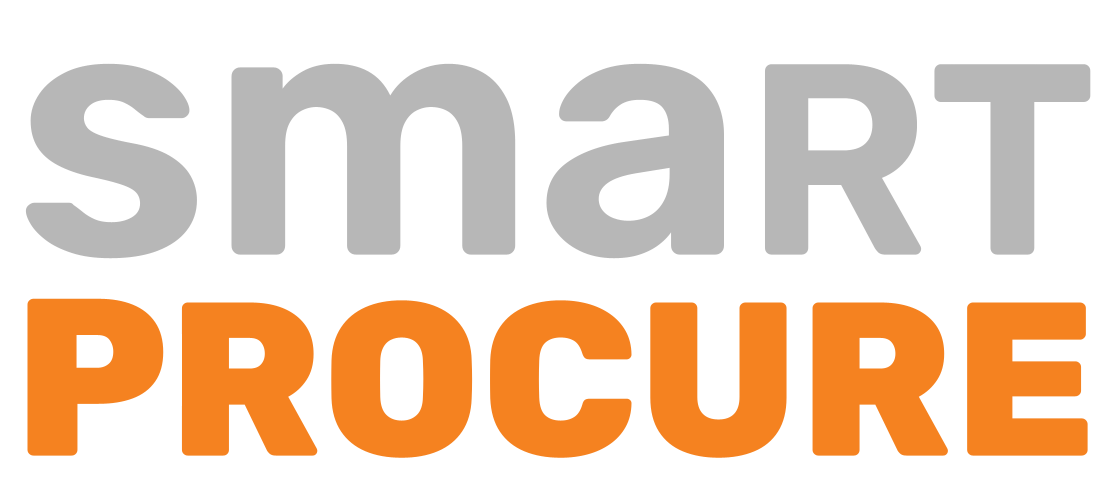Green Purchasing; it will strengthen your risk management, improve relationships with suppliers and boost your savings and efficiency.
With an increasing environmental awareness in recent years, all businesses or companies have begun to adopt green projects, strategies and plans.
Compared to the past 20 years, more products have been introduced, which created a competitive environment with increasing supply and decreasing demand. Green projects are also an important part of consumers’ lives.
Increasing awareness and consumers' preference for environmentally-friendly products is undoubtedly effective in this situation. Producers seeking to tailor their products to meet these demands are attempting to make the product lifecycle environmentally friendly to put green products in place.

Green purchasing is a concept that emerges with green products. The main focus is on the provision of products and services that are more sensitive to human health and the environment. Before the 1990s, purchasing was a function thought only with financial factors.
In the 1990s, it is safe to say that professionals are involved in procurement. We investigated the impact of social, economic, and environmental processes on procurement, and tried to connect with peripheral units for purchasing.
There are different names for green purchasing as well. The names of environmentally friendly purchasing (EPP), positive purchasing and eco-purchasing can be used. Even though there is desire to make a positive impact on the environment and consumers, purchasing decisions are still important in this case. You need to conserve natural resources, minimize pollution, reduce water and energy use, and ask suppliers to do the same.
Pay attention to these points for the sustainability of both resources and the activities you carry out. In the future, it may be that: you can see that green products work better than conventional products, feel they are of higher quality, and even pinpoint their savings.
For example: purchasing zero-recyclable paper not only saves you money, but also gives you a lot of benefits in energy use, greenhouse gas emissions, solid waste emissions and water usage. Together with energy-efficient and renewable energy use, you can capture continuous circulation.
Make sustainable, environmentally friendly purchases with SmartProcure
Say goodbye to complex solutions, paper processes and time-consuming approval processes
If You Want Call First
-
Lower costs and improved operating environment,
-
Reinforce the recyclable material markets,
-
Encourages fewer toxic uses that protect the health and safety of employees and consumers, and minimize many harmful emissions to the air, soil and water,
-
By purchasing energy-efficient products, we achieve energy savings.
With green purchasing, financial and environmental risks are also offset. You can also peel away from an organizational chart when you switch to one of the suppliers. As an alternative to all these, you can ensure that suppliers are included in this process while the procurement function is still being designed.
You can also identify suppliers that have a responsible environmental management approach in advance. Your assessments and benchmarks during this process will help you. You can also achieve useful results in establishing strong supplier relationships, not just within consumers. These include improvements in risk management, eco-efficiency and environmental performance.
